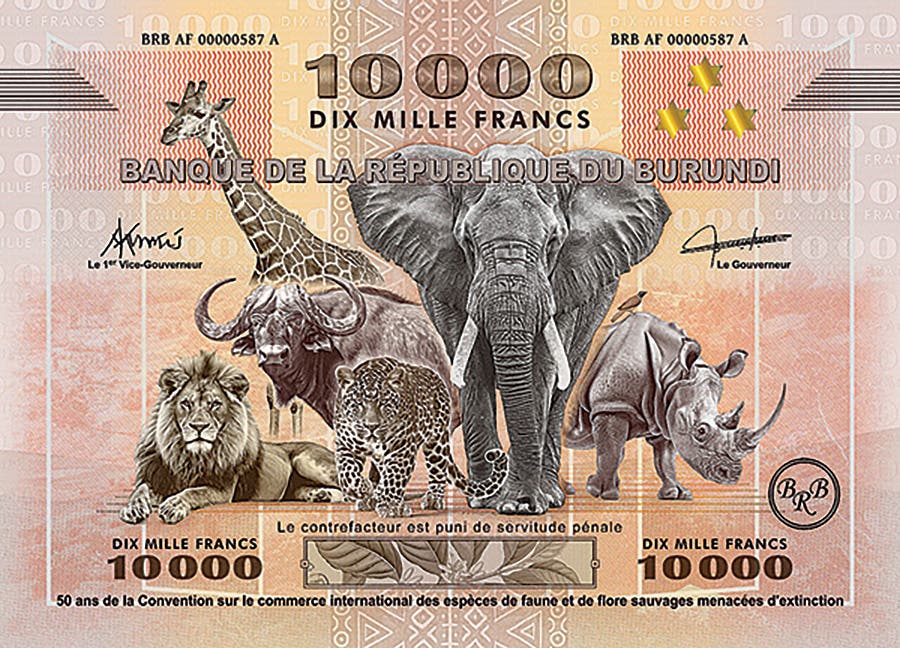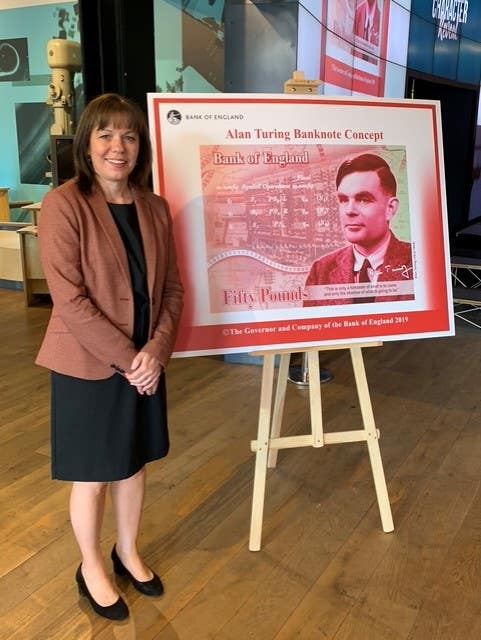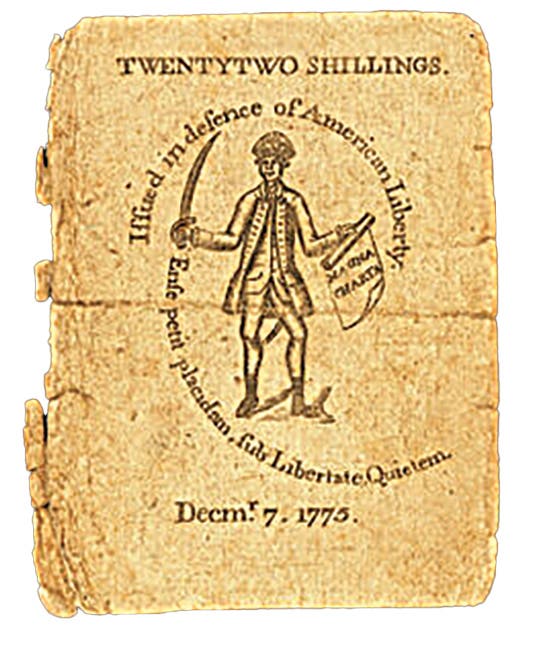Coins and Bank Notes Misrepresented
Coins and currency may not always be what they appear to be. In these two separate instances, physical cash was used in an attempt to deceive people.
Coins and currency may not always be what they appear to be. A treasure hunter armed with a metal detector and whoever may be claiming to be in charge of the Government of East Africa will attest to that.
The two instances have one thing in common—they each attempted to use physical cash to deceive people. Both looked to change history, sort of.
In the first instance, Michael Jones of Port Talbot in Wales was ironically found not guilty of who knows what when it was proved in court Jones deliberately falsified a finding of 12th-century deniers of Bohemond III minted in Antioch.
In real life, Bohemond III conquered Antioch from the Turks during the Crusades. Bohemond was an ally of the Byzantine Empire and an adversary of Levon I of Armenia and Saladin, founder of the Ayyubid dynasty. Bohemond never visited the British Isles, nor did he trade with them.
According to Jones’ original story, Jones found silver deniers of Bohemond at Oatcroft Farm in Titley, Herefordshire. This would be a remarkable discovery and would likely lead to a rewrite of the history of Herefordshire and Wales. Unfortunately, Jones discovered the coins on eBay, where he paid £200 for them. He hid the coins, then pretended to discover them in the ground.
Herefordshire Finds Liaison Officer Peter Reavill would later testify at the Hereford Justice Centre that “They are very rare and very important, especially if they could be linked to the Knights Templar. Such coins have never been found in the region before.”
Jones’ undoing came when another metal detectorist searched eBay, finding the coins having recently been sold online. Authorities contacted the seller and were able to match the coins to those claimed to be discovered by Jones.
Magistrates’ chair Sue Furnival dismissed charges against Jones, saying: “The prosecution has not proved beyond reasonable doubt that you intended to make financial gain. You did make false representations, but the crown could not prove financial gain therefore we find you not guilty.”
Perhaps Jones didn’t gain anything, but according to The Times of London newspaper, archaeological sources said, “The council paid for an excavation of the find site to see if there were other coins there. His claim of discovery has cost money in investigations and court time.”
Jones admitted, “It was stupid, I know. It was a feel-good thing, I just wanted to make myself look good. It was a moment of insanity; I just didn’t think.”
Perhaps Jones didn’t think, but whoever dreamt up a common Government of East Africa currency for the East African Community appears to have given the concept a lot of thought. The EAC is a regional intergovernmental organization comprised of Burundi, the Democratic Republic of Congo, Kenya, Rwanda, Somalia, South Sudan, Uganda, and Tanzania.
The EAC has been attempting to create a monetary union for its members since 2013. According to the EAMU Protocol, the protocol “lays the groundwork for a monetary union within 10 years and allows the EAC partner states to progressively converge their currencies into a single currency in the community.” The target date was recently moved to 2031.
Apparently, some unknown person decided that the currency convergence should take place much sooner. In March, someone posted a fake Government of East Africa account on the internet platform X, formerly known as Twitter.
The GEA claimed to have issued a Shilling of East Africa and Franc (SHEAFRA). Currency to be valued at 76 cents U.S. One GEA posting read, “The East African Sheafra (SHF) is here, a unifying factor for the East African monetary balances and economic equilibrium. We’re God chosen.”
Another posting reads, “The East African Sheafra is a God-chosen currency, let’s bear with it and embrace it, for with God, we do operate in his own wisdom, knowledge and understanding. Let’s give God a chance to lead so that we may not delay.”
The EAC quickly replied, “The EAC Secretariat wishes to inform all our stakeholders that the Partner States’ journey to a single currency is still a work in progress. Kindly ignore any rumors circulating on social media on the unveiling of new bank notes for the region.”
Unfortunately for the EAC the posting had more than a half million views and was quickly shared via additional media outlets. So were unsigned specimen bank note samples. Unlike the metal detector deception at the time this article was being written, no one had been accused of trying to issue EAC currency union currency for some yet-to-be-determined reason.
Jones may have admitted his coin deception was “a feel-good thing,” but that it was done in “a moment of insanity.” He admitted, “I just didn’t think.” It appears whoever decided to move back the EAC currency union to its original timetable may have thought otherwise of his project.
You may also like:








